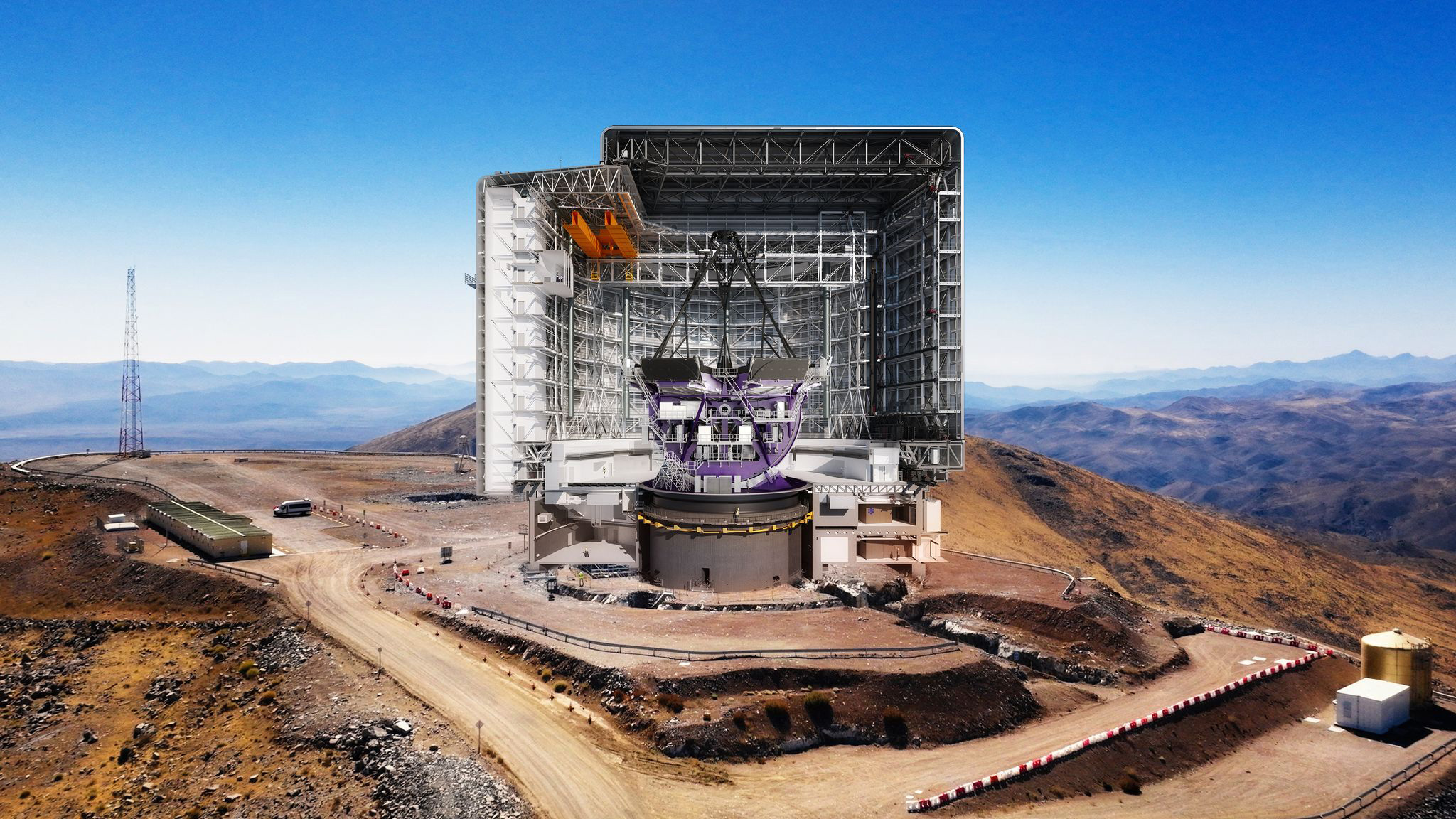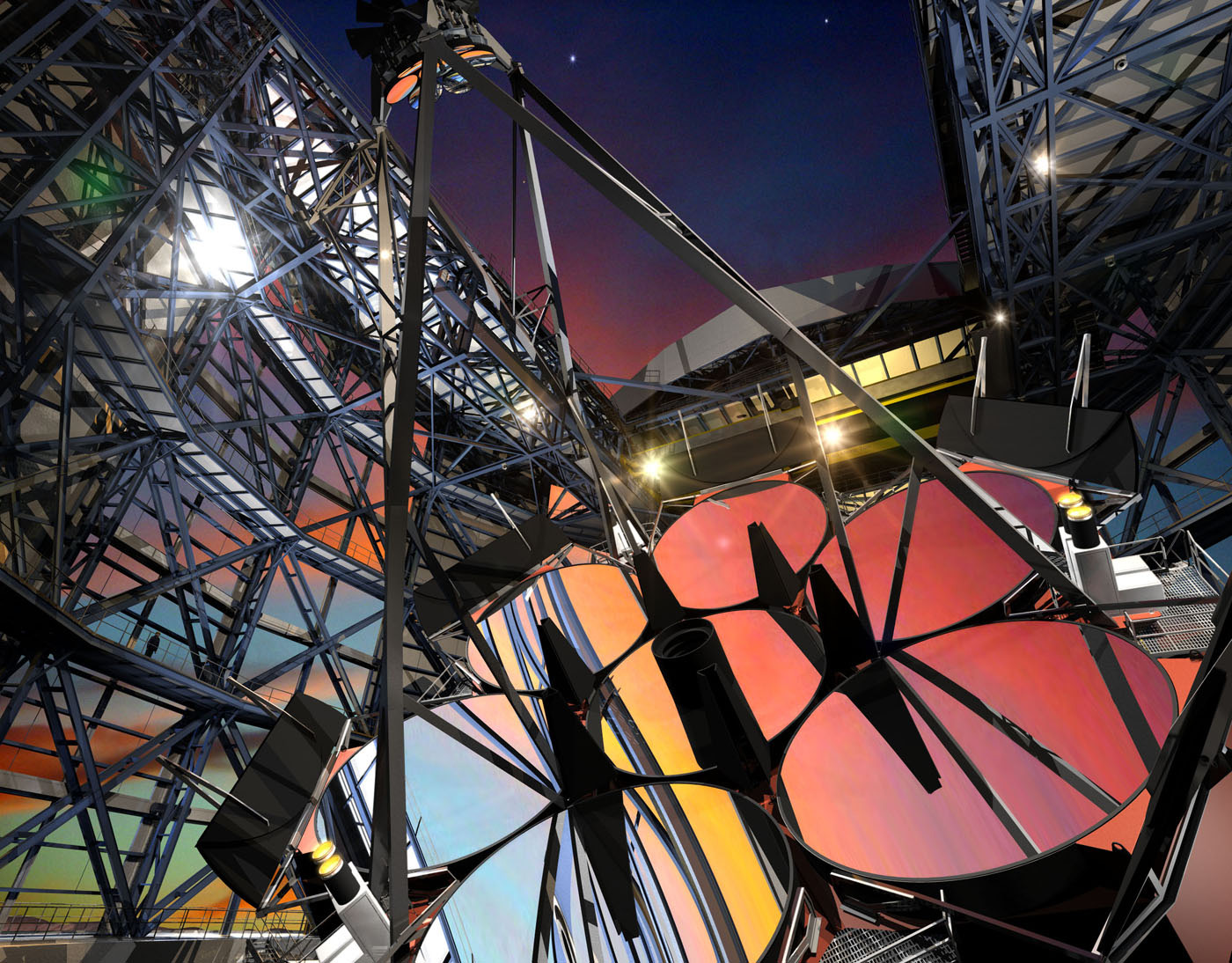
The Giant Magellan Telescope (GMT) has officially entered its final design phase, marking a pivotal milestone in the construction of one of the most powerful ground-based telescopes in history. The National Science Foundation (NSF) recently approved the project’s progression, unlocking potential federal support that brings the telescope one step closer to “first light.”
This milestone solidifies the engineering and technical plans needed for full-scale construction, with the NSF’s backing reinforcing the telescope's scientific potential and long-term viability. The Giant Magellan Telescope, under development in Chile, will offer unprecedented imaging capabilities and resolution—10 times greater than that of the Hubble Space Telescope.
As a distinguished international consortium of leading universities and science institutions, Texas A&M University has played a central role in the telescope’s design, particularly through the integration and testing of the primary mirror actuator support systems—complex components essential to the telescope’s ability to capture sharp images of the cosmos.
“The final design phase will complete the details of how all of the complicated systems will work once construction and commissioning are complete,” said Dr. Darren DePoy, Texas A&M’s lead on the actuator support system. DePoy, a professor of physics and astronomy and associate dean for infrastructure in the College of Arts and Sciences, is the inaugural holder of the Rachal-Mitchell-Heep Endowed Professorship in Physics in the Department of Physics and Astronomy and deputy director of the George P. and Cynthia Woods Mitchell Institute for Fundamental Physics and Astronomy.
“The primary mirror support system will have to manage the delicate control of thousands of actuators using the measurement of the shape of the light entering the telescope to a small fraction of the wavelength of light,” he said, “which makes the build precision of the mechanisms very challenging.”

“Without the mirror supports, the telescope will not make sharp images, which will generally ruin any data,” DePoy explained. “The ability to precisely align the mirrors and control the fine shape is critical for the functioning of the telescope as a scientific instrument.”
Texas A&M’s involvement in the GMT consortium has also created unparalleled training opportunities for students and early-career scientists. From actuator prototyping in the Munnerlyn Astronomical Instrumentation Lab to hands-on testing and project management, the work has helped train a new generation of engineers and astronomers.
“Students working on instrumentation projects for the GMT gain useful and pragmatic skills in designing, building, testing and maintaining complicated systems,” DePoy said. “These are key skills needed across many disciplines.”

The NSF’s endorsement ensures that momentum remains strong, and DePoy noted that Texas A&M astronomers are already planning ambitious science programs for the telescope’s earliest operations.
“Texas A&M astronomers are among the best in the world at studying a number of astrophysical phenomena: star formation in the early universe, enormous black holes in the centers of galaxies, the creation of elements, etc.,” he said. “The GMT will make tremendous progress on all these studies.”
For DePoy, who has contributed to the project for more than a decade, the milestone is both professionally and personally meaningful.
“The completion of the GMT is a career-spanning goal and a huge (and gratifying) improvement in the world's capability to observe the universe.”
The Giant Magellan Telescope is expected to see first light by the end of the decade and will help to address some of humanity’s most profound questions, including the origins of life and the potential existence of life beyond Earth.
To learn more about the Giant Magellan Telescope, visit https://giantmagellan.org/
